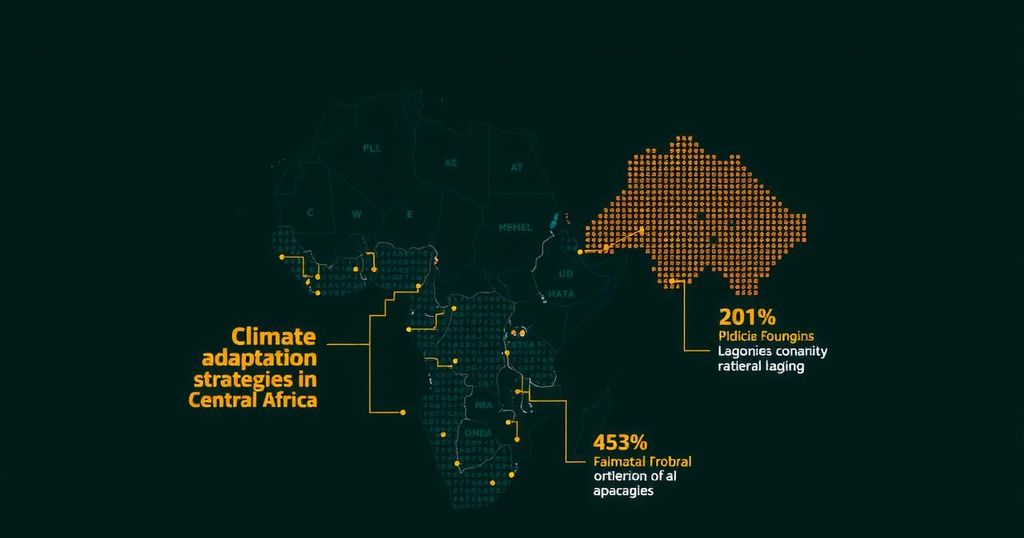Modeling Climate Analogues for Climate Smart Villages in West and Central Africa: Insights from Burkina Faso
**Modeling Climate Analogues for Climate Smart Villages in West and Central Africa: Insights from Burkina Faso**
**Anani Ogou, Manjari Singh, Desire M. Kagabo, Mathieu Ouédraogo, Peter Laderäch**
Alliance of Bioversity International and CIAT
Corresponding Author Email: [email protected]
Elaborated in July 2024
**INTRODUCTION AND BACKGROUND**
The term “climate analogue” refers to locations that experience similar climatic conditions in the present or foreseeable future (Ford et al., 2010). This concept serves as an instrumental tool for operationalizing the Future of Farm (FoF) strategy, devised by the Alliance of Bioversity International and CIAT, aimed at equipping farmers with the knowledge necessary to adopt climate-resilient agricultural practices. Such practices are gleaned from analogous sites and subsequently applied in reference locations (CCAFS, 2013).
In an endeavor to bolster farmers and rural communities residing within the Climate Smart Village (CSV) sites of the TARSPro project—including Worogui-Goura in Benin, Ouda in Burkina Faso, Sabenebougou in Mali, Kieche in Niger, and Tambling in Tchad—the Alliance of Bioversity International and CIAT seeks to advance the FoF initiative in collaboration with National Agricultural Research and Extension Systems (NARES) throughout the West and Central African region, thereby enhancing the resilience of smallholder farmers in these areas.
**METHODS**
The methodology involved gathering GPS coordinates for the CSV sites located in Worogui-Goura (Benin), Ouda (Burkina Faso), Sabenebougou (Mali), Kiéché (Niger), and Tambling (Tchad). The growing season was defined from May to October, aligning with the rainy season and the primary crop cultivation period in these countries.
Key climate variables utilized in constructing the analogues included mean monthly temperature and total precipitation. Current climate data were sourced from WorldClim, which offers 30-second resolution data (https://www.worldclim.org/data/worldclim21.html), serving as the baseline. Future climate projections (CMIP5; https://www.worldclim.org/data/v1.4/cmip5_30s.html) were derived from the downscaled outputs of 33 Global Climate Models at RCP 8.5, specifically for the year 2050 (IPCC, 2023).
To mitigate bias in model selection, a random sampling approach was implemented. The Climate Dissimilarity Index (CDI) was calculated using the CCAFS formula (CCAFS, 2013) for both temperature and precipitation variables. The R.3.4 software facilitated the modeling of the climate analogue data.
**CONCLUSION & RECOMMENDATIONS**
The Climate Analogues modeling tool represents a scientifically sound decision-making instrument designed to leverage climate change adaptation and mitigation strategies. This tool enhances the planning of Climate Smart Agriculture (CSA), ultimately contributing to improved resilience among rural communities to future climatic variations.
A comprehensive list delineating the top ten sites that exhibit significant climatic similarity with the expected future conditions in the selected villages for the year 2050 has been compiled for each country team. Additionally, a questionnaire developed by CIAT has been disseminated to the country teams to facilitate pre-screening of the top three sites from this list, taking into account essential feasibility criteria such as CSA relevance, socio-cultural and economic potential for learning, proximity to analogous sites, accessibility, and the socio-political context within each nation.
The rollout of the Future of Farm (FoF) strategy in the TARSPro intervention countries, which encompass Benin, Burkina Faso, Mali, Niger, and Tchad, is scheduled to commence with rural community engagement in early September 2024.








Post Comment